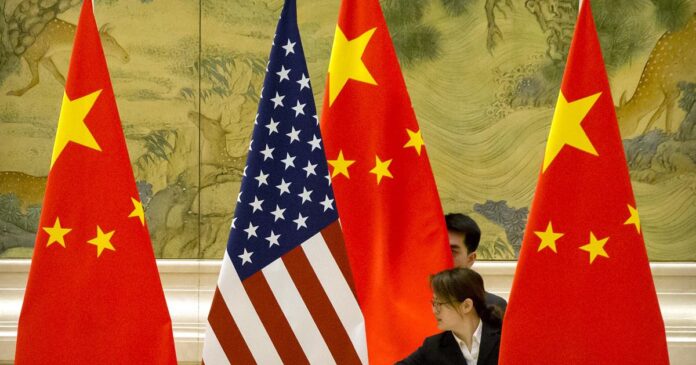Author: Graham Allison
Affiliation: Harvard Kennedy School
Organization/Publisher: Foreign Affaires
Date/Place: March/April 2020, U.S.
Type of Literature: Journal Article
Word Count: 4374
Link: https://www.foreignaffairs.com/articles/united-states/2020-02-10/new-spheres-influence
Keywords: Spheres of Influence, Geography, Great Power Rivalry, lessons of History and The U.S. foreign policy
Brief:
In this article, the author emphasizes the “new” geopolitical realities of today’s world, of which “spheres of influence” are one of the most notable features. He responds here, implicitly, to all American scholars and officials who still live under the illusion of liberal hegemony and the U.S. unipolar moment since the end of the Cold War, when persons such as Condoleezza Rice, Hillary Clinton, and John Kerry were (and still are) promoting the idea of the end of a world with major spheres of influence—meaning that the entire world today has become “one sphere of influence” subject to the US hegemony; that the rest of the world are de facto obliged to play according to the rules that Washington defines, or else “face a steep price, from crippling sanctions to outright regime change.” According to Allison, Washington must liberate from this illusion, otherwise ignoring the new geopolitical realities would cause strategic disasters to itself. The US power is experiencing a relative decline at a time when the world defines “tectonic shifts” with the rise of other great powers such as China and Russia. It is a new era of rivalry between great powers in which the world is divided into multiple spheres of influence. The author urges the US secretaries of state to recognize this new reality and respond to it wisely as their counterparts did during the last months of World War II, i.e., to learn from the lessons of history. When George Kennan warned in 1945 that the United States should realize it was entering a new stage of competition for wide spheres of influence against the Soviet Union, and presented a vision of how to deal with this new era, some officials rejected this fact and maintained their “one -world” vision, i.e., a world with “one sphere of influence” subject to the US. The situation took five years to admit this new fact, then Washington developed a comprehensive strategy in which spheres of influence were one of its most prominent pillars, enabling it to win the cold war rivalry. This is exactly what is required of the current generation of the American foreign policy community. Allison presents a set of numbers and examples to prove the existence of the new geopolitical reality of today’s world; for instance, the US share of global GDP—nearly one-half in 1950—has gone from one-quarter in 1991 to one-seventh today. This decline has accordingly shrunk its coercive economic influence as a foreign strategic option by US decision-makers. On the other side, China is devoting USD $3 trillion to the Belt and Road Initiative, and it is now investing USD $ 1.3 trillion in the infrastructure of the countries through which the road passes, linking most of Eurasia to a China-centered order, while Pompeo recently announced that Washington “would increase its own investments in the Indo-Pacific in response, and he was able to come up with just $113 million in new investments.” Also, “China’s GDP has soared: from 20 percent of the US level in 1991 to 120 percent today.” Moreover, Chinese technology companies have also become a strong competitor to their American counterparts, as today nine out of the twenty largest global technology companies are Chinese, which extends the spheres of influence beyond geography to the cybernetic world as well. As for the Chinese defense budget, a quarter of a century ago it was “one-25th that of the United States; now, it is one-third and on a path to parity.” The Asian balance of power is now in China’s favor. While US military commitments are distributed across the world, China is concentrating its military obligations in the South China Sea, which gives it preference and leadership there and ensures its superiority over the United States if the two enter into a clash over Taiwan or the issues of the South China Sea. As for Russia, it imposes its logic in its “near-abroad” and creates its spheres of influence in the Baltic, Ukraine, Crimea, Georgia, and Syria thanks to its modern military arsenal and the United States does not have many options to restrain it there. Accordingly, the author recommends the United States to abandon its ambition of an unattainable hegemony and accept the fact that the spheres of influence remain as the basic feature of the world’s geopolitics. This would be the right step that “could also bring a wave of strategic creativity and an opportunity for nothing less than a fundamental rethinking of the conceptual arsenal of US national security.”
By: Djallel Khechib, CIGA Senior Research Associate




